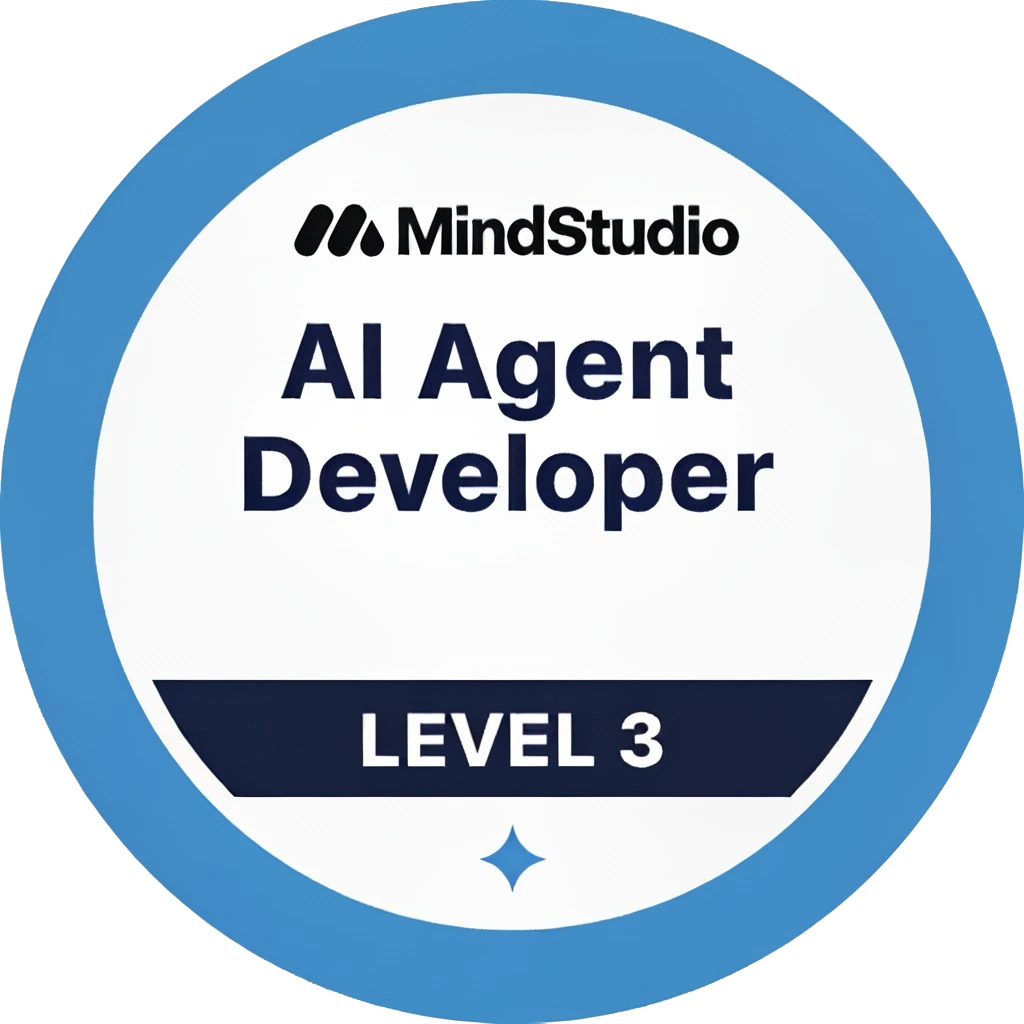Getting your wellness website noticed isn’t just about having a beautiful design—what you say, and how you say it, matters just as much. Whether you’re a counsellor, therapist, or wellness coach, the right copy can help build trust, attract new clients, and set the tone for your practice online. In a digital world where attention spans are short and competition is fierce, every word counts. But with the rise of AI-generated content, many wellness professionals are left wondering: should you stick with human copywriters, or embrace the productivity of artificial intelligence? Let’s explore how both approaches can help you grow your business and connect with your ideal clients.
Introduction: Why Copywriting Matters for Wellness Websites
When someone lands on your website, the words they read are often their first real interaction with your practice. For wellness professionals, copywriting isn’t just about selling services—it’s about creating a sense of safety, empathy, and professionalism. A well-crafted message can reassure visitors, encourage them to reach out, and clarify what makes your approach unique.
In the growing wellness sector, standing out online is more important than ever. According to the Office for National Statistics, the wellness sector in the UK grew by 6.4% in 2023, highlighting the increasing demand for quality online content. This means more therapists and wellness practitioners are building their online presence, and the competition for attention is heating up.
Effective copywriting can help you:
- Build credibility and trust with potential clients
- Communicate your values and areas of expertise
- Encourage bookings and enquiries through clear calls-to-action
- Enhance your SEO and help clients find you online
But what’s the best way to create this content—should you use a human copywriter, or try out AI tools? Let’s break down what each approach really means for your wellness business.
What is AI Copywriting? How Does It Work?
AI copywriting is the process of using artificial intelligence tools to generate written content for your website. These tools, powered by technologies like machine learning and natural language processing, can create everything from blog posts and service descriptions to email newsletters and social media updates.
Here’s how it typically works:
- You provide the AI with a prompt or a set of instructions (for example, “write a welcoming homepage for a Glastonbury-based counsellor”).
- The AI scans vast databases of language patterns and existing content to generate text that fits your needs.
- You review the output, make any necessary tweaks, and publish.
AI copywriting is fast, cost-effective, and can help overcome writer’s block or speed up content production. In fact, a study by HubSpot found that AI tools can reduce content creation time by up to 50%, allowing businesses to publish more frequently. This is a huge benefit for busy wellness professionals who want to keep their sites fresh but don’t have hours to spend writing every week.
The technology is getting better all the time, too. A recent survey found that 82% of marketers believe AI-generated content is as good as or better than human-written content for certain tasks. But is it always the right choice for sensitive, client-facing wellness sites?
Human Copywriting: The Personal Touch for Wellness Professionals
Human copywriters bring a unique set of skills to the table, especially for wellness businesses where empathy and authenticity are key. A good writer can capture your voice, reflect the nuances of your practice, and create content that feels personal and trustworthy.
For counsellors, therapists, and holistic practitioners, the ability to communicate warmth, understanding, and expertise is critical. Human writers can:
- Ask in-depth questions to understand your unique approach
- Tailor language to resonate with your specific audience
- Pick up on subtle emotional cues and cultural sensitivities
- Edit and revise until your story feels just right
Authenticity is particularly important in the wellness industry. Research by the Content Marketing Institute shows that 65% of consumers trust content that feels authentic and personal, which is often associated with human copywriting. When your website content genuinely reflects who you are, it’s easier for clients to connect with you—and more likely they’ll reach out for help.
Of course, working with a human copywriter takes more time and can be more expensive than using AI tools. But for many wellness professionals, the investment pays off in deeper client relationships and a stronger brand.
Comparing AI and Human Copywriting: Strengths and Weaknesses
Both AI and human copywriting have their place, but each comes with its own set of strengths and limitations. Here’s a closer look at how they stack up, especially for the unique needs of wellness websites in Glastonbury, Somerset, and beyond.
- Speed and Efficiency: AI tools can generate content almost instantly, making it ideal for creating frequent blog posts or updating service pages quickly. Human writers, on the other hand, need more time to research, draft, and refine text—but the results are often more tailored and thoughtful.
- Cost: AI copywriting platforms are generally more affordable than hiring a professional writer, especially for large volumes of content. For small businesses and solo practitioners, this can be a big advantage when budgets are tight.
- Emotional Resonance: Human copywriters excel at creating content that feels warm, empathetic, and authentic—critical qualities for therapists and wellness professionals. AI-generated text can sometimes feel generic or miss subtle emotional undertones.
- SEO and Consistency: Both AI and humans can create SEO-friendly content. AI tools can help maintain a consistent publishing schedule and keyword usage. Human writers can add depth, local flavour, and context that sets your practice apart from others.
- Originality and Creativity: Human writers can draw on real experiences and unique perspectives—something AI still struggles to replicate. AI can remix existing ideas, but it may not always capture the unique story of your practice.
In many cases, the best results come from blending both approaches—for example, using AI to draft initial content and a human to edit and personalise it. This hybrid method offers speed, savings, and the all-important personal touch.
Real Results: Case Studies and Statistics
When it comes to website performance, numbers don’t lie. Let’s look at some real-world statistics and scenarios that highlight the impact of both AI and human copywriting for wellness professionals.
- For practices focused on rapid growth, “A recent survey found that 82% of marketers believe AI-generated content is as good as or better than human-written content for certain tasks.” This suggests that for routine updates or SEO-driven content, AI is becoming a smart option.
- “A study by HubSpot found that AI tools can reduce content creation time by up to 50%, allowing businesses to publish more frequently.” For busy wellness professionals juggling client sessions and admin, this is a game changer.
- Finally, the “wellness sector in the UK grew by 6.4% in 2023, highlighting the increasing demand for quality online content.” With more competition, the quality and frequency of your website updates matter more than ever.
These examples show there’s no one-size-fits-all answer. The right approach depends on your goals, your budget, and how much personal input you want to give.
GDPR, Privacy, and Ethical Considerations in Wellness Content
Wellness websites often handle sensitive personal information, from client testimonials to online booking forms. It’s essential to consider privacy and data protection when creating and publishing content.
“The Information Commissioner’s Office (ICO) advises that wellness websites handling sensitive data must ensure all content and data practices are GDPR compliant.” This means your website should be transparent about how you use data, especially if you’re using AI tools that process or store client information.
Ethical content is also about respecting confidentiality, avoiding exaggerated claims, and ensuring your copy doesn’t mislead or stigmatise. At https://richardthornewebdesign.uk/, we prioritise these standards in every project.
How to Choose the Right Copywriting Approach for Your Wellness Website
Selecting the best copywriting strategy for your website depends on several factors unique to your practice and your audience. Here’s what to consider:
- Your budget and time: If you’re short on time and need lots of content quickly, AI can help speed things up. If you have a little more to invest, a human writer can offer deeper customisation.
- Your brand voice: Do you want your site to reflect your personality and unique approach? Human writers are better at capturing nuance and authenticity.
- The type of content: Routine blog posts and SEO articles can often be handled by AI. Pages where you share your story or values—like your about page—will benefit from a human touch.
- Regulatory and ethical needs: Always make sure your content complies with GDPR and respects client confidentiality, whichever approach you choose.
- Your long-term goals: Blending both methods—AI for efficiency, humans for authenticity—often delivers the best balance for growing practices.
Many RTWD clients find success by having AI draft basic content, then refining it with their own insights or with help from a copywriter. This hybrid approach can help you stay productive while ensuring your website feels uniquely yours.
Conclusion: Blending AI and Human Copywriting for the Best Outcomes
When it comes to wellness websites, both AI and human copywriting have important roles to play. AI offers speed, scalability, and cost savings, while human writers bring empathy, authenticity, and creative nuance. For most counsellors, therapists, and wellness professionals, a blended approach delivers the best results—fast, fresh content that still feels personal and trustworthy.
With flexible options from Richard Thorne Web Design, including upcoming AI-generated content services, you can find the right mix to suit your needs and budget. Ultimately, the goal is to create a website that truly connects with your clients—helping you grow your practice and make a difference in more lives.

